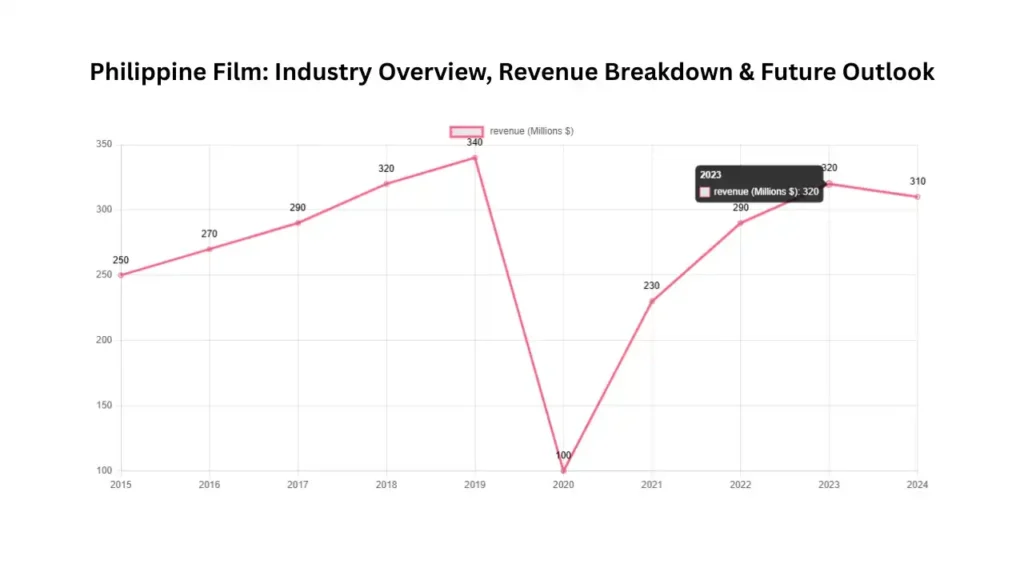Table of Contents
South Korean Cinema: A Global Cultural Powerhouse (2015–2024 Overview & Future Outlook)
Meta Description:
Explore the rise of South Korean cinema with detailed insights into box office trends (2015–2024), star power, business strategy, global impact, and what the future holds for K-cinema.
Overview of the South Korean Film Industry
| Feature | Details |
|---|---|
| Industry Name | South Korean Film Industry / K-Cinema |
| Central Hubs | Seoul, Busan |
| Leading Studios | CJ ENM, Lotte Entertainment, Showbox, NEW |
| Key Genres | Thriller, Drama, Horror, Romance, Historical |
| Annual Output | 150–200 films per year |
| Dominant Platforms | TVING, Wavve, Netflix Korea, Coupang Play |
| International Recognition | Cannes, Oscars, Golden Globes |
| Regulatory Body | Korean Film Council (KOFIC) |
South Korean cinema, widely known as K-cinema, has exploded onto the global stage over the past decade. With critically acclaimed masterpieces like Parasite and genre-defining thrillers, it’s now a staple of international film festivals and streaming platforms.
Current Global Position (2024)
As of 2024, South Korea ranks 7th globally with $964 million in box office revenue, holding a 3.0% global market share. Despite being a relatively small country, Korea punches far above its weight due to the high production value, sharp storytelling, and cultural appeal of its films.
Business Strategy of Korean Cinema
South Korean filmmakers employ a multi-pronged strategy to maintain both domestic dominance and global appeal:
- Genre Innovation: Blending horror, thriller, romance, and drama with artistic flair.
- Government Support: Funding through KOFIC, export subsidies, and global promotions.
- Star System & K-Drama Synergy: Film stars gain international fame through dramas and vice versa.
- Strong Festival Presence: Success in Cannes, Venice, and Berlin boosts visibility.
- Streaming & Global Distribution: Partnerships with Netflix, Disney+, Apple TV+.
- Technological Prowess: High-quality VFX, cinematography, and post-production.
South Korea’s Box Office Revenue (2015–2024)
| Year | Revenue (USD) | Global Rank | Highlights |
|---|---|---|---|
| 2015 | $1.53B | #5 | Veteran, Assassination |
| 2016 | $1.47B | #5 | Train to Busan global hit |
| 2017 | $1.49B | #6 | Rise of socially-conscious thrillers |
| 2018 | $1.50B | #6 | Along with the Gods: The Last 49 Days |
| 2019 | $1.40B | #6 | Parasite wins Palme d’Or |
| 2020 | $0.50B | #7 | Pandemic impact; theaters close |
| 2021 | $0.77B | #7 | Recovery begins, streaming surges |
| 2022 | $1.03B | #7 | Decision to Leave & other festival darlings |
| 2023 | $0.95B | #7 | Market stabilizes, local films dominate |
| 2024 | $0.96B | #7 | Steady performance with rising export growth |
Top South Korean Film Stars & Their Net Worth (2024)
| Artist | Profession | Estimated Net Worth (USD) |
|---|---|---|
| Lee Byung-hun | Actor | $25M |
| Song Kang-ho | Actor (Parasite) | $20M |
| Gong Yoo | Actor (Train to Busan) | $18M |
| Jun Ji-hyun | Actress | $15M |
| Park Seo-joon | Actor | $14M |
| Kim Soo-hyun | Actor | $13M |
| Son Ye-jin | Actress | $12M |
| Ma Dong-seok | Actor (Eternals) | $11M |
| Bae Doona | Actress | $10M |
| Lee Jung-jae | Actor (Squid Game) | $30M |
Many actors have diversified income through endorsements, global series, and film production.
Future Outlook for South Korean Cinema
The future of K-cinema looks increasingly international and innovative:
- Hollywood Collaborations: More Korean directors and stars are moving into global productions.
- Streaming-First Films: Simultaneous releases on platforms and in theaters.
- K-Content Boom: The “Korean Wave” (Hallyu) continues to uplift all entertainment sectors.
- Genre Expansion: Increased experimentation in sci-fi, fantasy, and high-concept dramas.
- Technological Fusion: AI-enhanced filmmaking and immersive storytelling techniques.
By 2030, South Korea is expected to become a top cultural exporter, not just in music and TV but also in cinema, with a projected annual export value of $2 billion in film and video content.
Sources:

